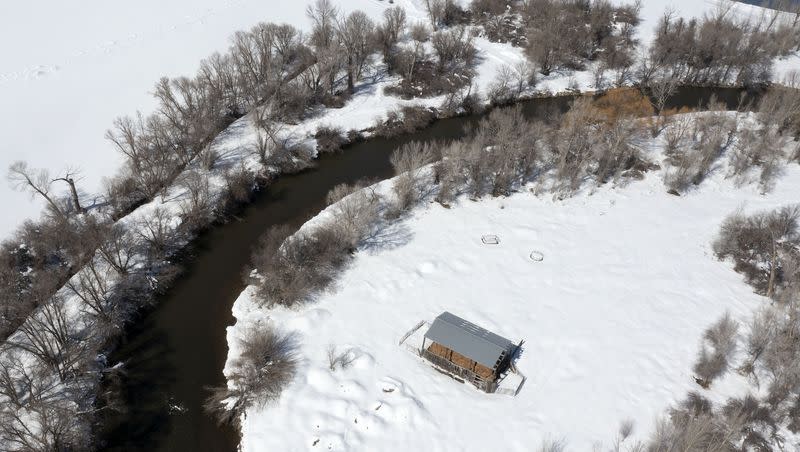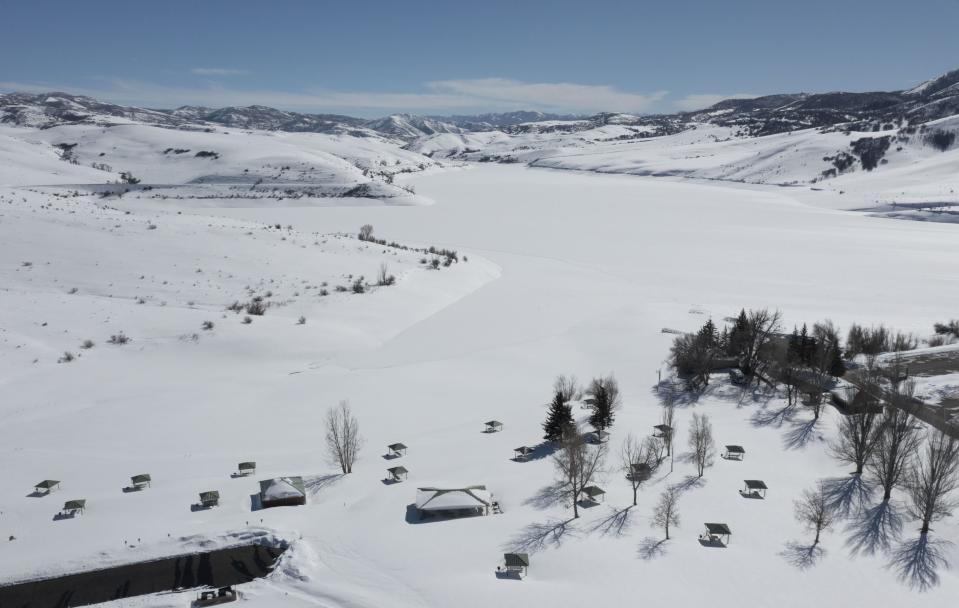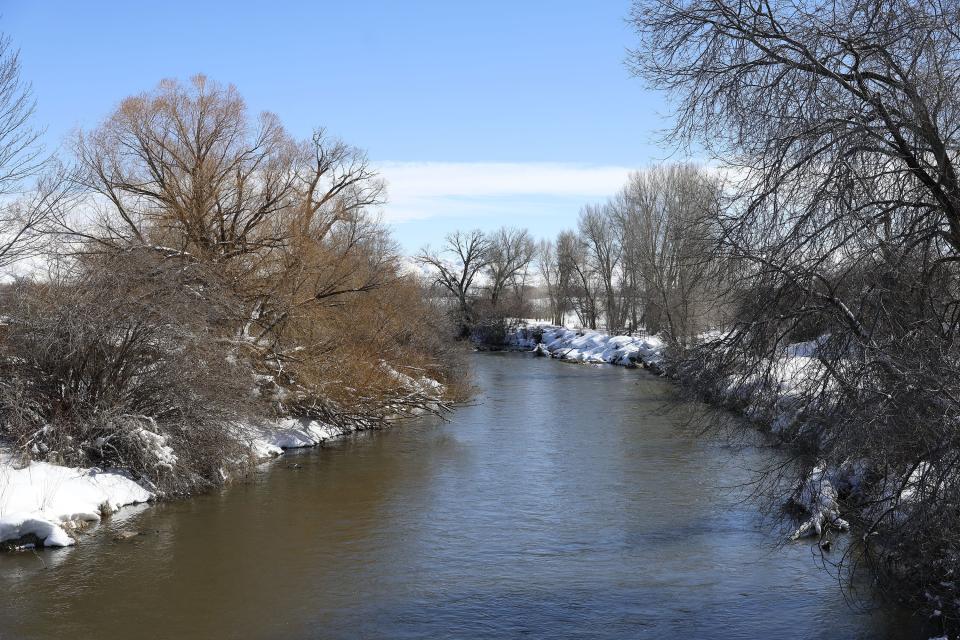Vital aqueducts in Utah get a $50 million boost from lawmakers

The Great Salt Lake dominated attention during the 2023 legislative session, but lawmakers also spent money on vital water projects in Utah, including dollars to help fix aging aqueducts, water reuse, cloud seeding and more.
The expenditures are all part of a way to keep the system running, much like periodic maintenance checks on a vehicle that correct a problem before it balloons into a disaster.
Four aging aqueduct systems that serve over 2 million people on the Wasatch Front will receive $50 million for upgrades or replacements to incorporate earthquake resilience.
“We met with a whole bunch of stakeholders about earthquake resilience,” said Ari Bruening, president and chief executive officer of Envision Utah. “There are a lot of things that we could do — everything from transportation to natural gas and power and upgrading buildings. But what rose to the top was water because it is such a critical need. And what rose to the top of that was these aqueducts, because without these aqueducts, most of the water that serves the Wasatch Front would not be available for many, many, many months.”
The findings were part of a report this year by the Utah Seismic Safety Commission for funding to help fill in the gaps for what is an overall cost of $554 million, Bruening said.
“The districts think they can come up with most of that through federal grants and their own water rates. ... The gap was $175 million so we’re almost a third of the way there,” Bruening said, adding that the hope is additional money will be allocated for these systems in the future.

Why the money matters
The commission report notes that the Federal Emergency Management Agency declared the Wasatch Front as “one of the most catastrophic natural threat scenarios in the United States,” with significant risk of a major earthquake happening in the coming decades.
“As of 2017, the Wasatch Front region has a 43% chance of experiencing a magnitude 6.75 or greater earthquake in the next 50 years. In other words, the Wasatch Front’s odds of experiencing ‘the Big One’ are essentially equivalent to a coin toss. Should such an event happen, Utah’s economy and way of life could be impacted for many, many years,” it said.
Related
The aqueducts, while an engineering marvel at the time, are past their prime and lack seismic preparedness.
Related
“The Wasatch Front’s most important aqueducts are located across and along major hazardous faults, landslide areas, high ground shaking areas, and liquefaction areas, putting them at high risk for significant damage,” the report said.
Those aqueducts at risk along the Wasatch Front are:
The Alpine aqueduct in Utah County.
The Salt Lake aqueduct and the Jordan aqueduct.
The Davis/Weber aqueduct.
The report noted that each of the aqueducts can be addressed at a cost that is equivalent to one freeway interchange.
Related

Bruening said the money will be allocated by the Board of Water Resources.
Lawmakers also invested a significant amount of additional funding for cloud seeding, giving it a one-time boost of $12 million and another $5 million for subsequent years. It had been funded at just $350,000 annually.
Mike Sanchez, a spokesman with the Utah Division of Water Resources, said lawmakers were focused on addressing water infrastructure needs, including spending $50 million, and another $25 million for dam safety.
The southern Utah area will get $50 million in loans for water reuse projects.
“They were really focusing on our infrastructure,” he said. “We have to take care of it.”
Another $5 million in one-time money was directed for water wise landscaping projects and $3 million will be dedicated on an annual basis. Additional money was directed to water rights, groundwater studies and mapping the Great Salt Lake and Bear Lake using the latest technology.

